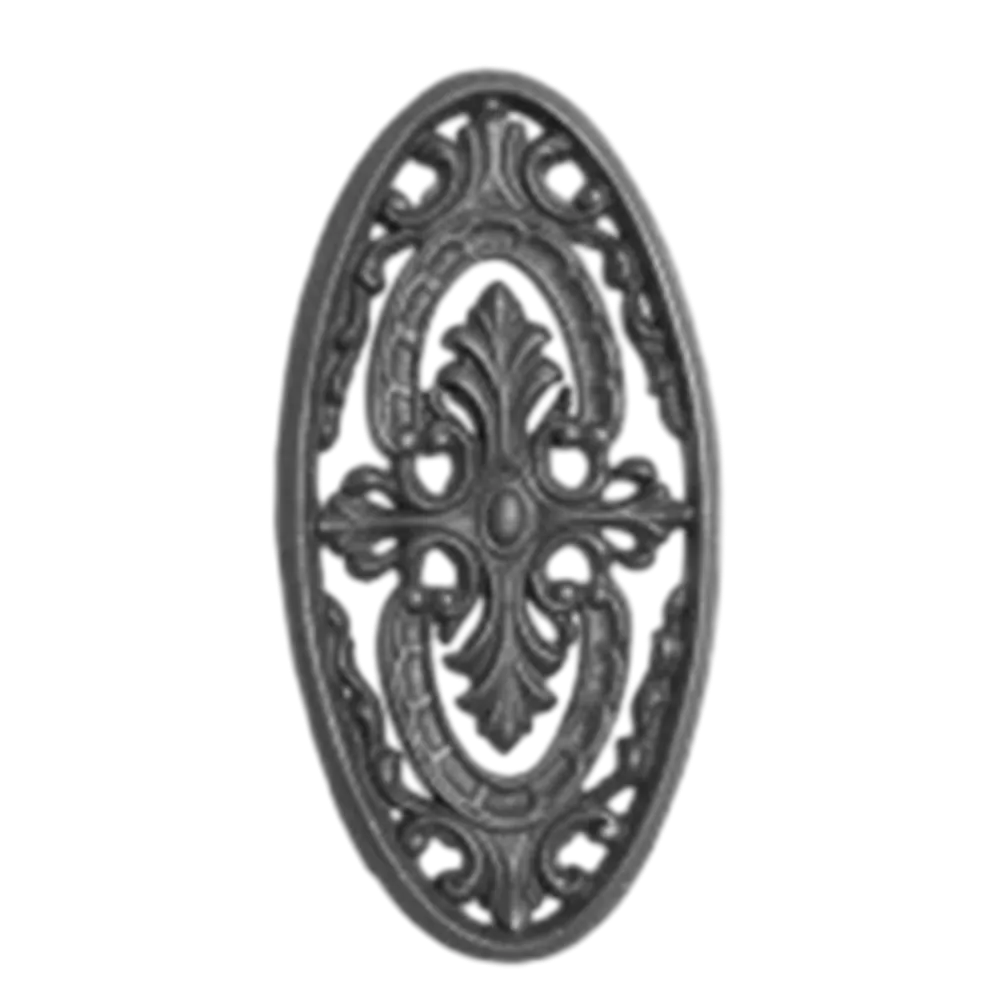cast iron collars and bushes
The Importance of Cast Iron Collars and Bushes in Industrial Applications
In today's industrial landscape, efficiency and durability are paramount for operational success. Among the multitude of components that contribute to this success, cast iron collars and bushes frequently stand out due to their remarkable structural integrity and performance under varying conditions. These components play a significant role in supporting mechanical systems, providing stability, and enhancing the lifespan of equipment across diverse applications.
Understanding Cast Iron Collars and Bushes
Cast iron collars and bushes are essential mechanical components made from cast iron, a material known for its excellent castability, strength, and wear resistance. Cast iron collars are typically used to provide stability and secure positioning for shafts or pipelines. They facilitate the maintenance of alignment within machinery, ensuring that rotating parts function smoothly without excess friction that could lead to wear or failure.
Bushes, on the other hand, serve as liners or sleeves that provide a bearing surface for rotating shafts. They minimize metal-to-metal contact, thereby reducing the risk of wear and extending the lifespan of both the bush and the shaft. When utilized correctly, these components can significantly reduce maintenance costs and downtime by preventing premature failures in machinery.
Applications Across Various Industries
The versatility of cast iron collars and bushes makes them invaluable across a range of industries, including manufacturing, automotive, and construction. In manufacturing, these components are often employed in conveyors, gears, and other machinery where rotational stability is crucial. Their robustness allows them to withstand varying loads and environmental conditions, making them ideal for both indoor and outdoor applications.
cast iron collars and bushes

In the automotive sector, cast iron collars and bushes play a critical role in ensuring smooth operation of engines and transmission systems. They are crucial in maintaining the alignment of components, which is essential for optimal performance and safety. Furthermore, their ability to absorb vibrations contributes to a more comfortable ride for passengers.
The construction industry also benefits significantly from the use of cast iron collars and bushes. These components are often used in heavy machinery like cranes and excavators, where maintaining the precise alignment of moving parts is essential for operational safety and efficiency. Their durability ensures that they can endure the rigors of construction environments, where exposure to harsh conditions is common.
Advantages of Using Cast Iron Collars and Bushes
One of the primary advantages of cast iron collars and bushes is their ability to resist wear and corrosion. Cast iron possesses excellent material properties that allow it to function optimally in demanding applications. Moreover, the ease of manufacturing complex shapes through casting processes enables the production of customized components tailored to specific requirements.
Another significant advantage is their cost-effectiveness. While the initial investment in cast iron collars and bushes may be higher than some alternatives, their longevity and reduced maintenance needs often result in lower overall costs. This is particularly true in industrial settings where equipment downtime can lead to substantial financial losses.
Conclusion
In summary, cast iron collars and bushes are integral components in various industrial applications, enhancing stability, reducing wear, and ultimately ensuring the smooth operation of machinery. Their unique characteristics, such as durability, wear resistance, and cost-effectiveness, make them a preferred choice among engineers and manufacturers. As industries continue to evolve, the role of these cast iron components will undoubtedly remain vital in driving efficiency and maintaining the reliability of machinery across a multitude of applications. Investment in high-quality cast iron collars and bushes is not just a choice; it is a strategic decision that pays dividends in the long run, paving the way for sustained operational excellence.
-
Wrought Iron Components: Timeless Elegance and Structural StrengthNewsJul.28,2025
-
Window Hardware Essentials: Rollers, Handles, and Locking SolutionsNewsJul.28,2025
-
Small Agricultural Processing Machines: Corn Threshers, Cassava Chippers, Grain Peelers & Chaff CuttersNewsJul.28,2025
-
Sliding Rollers: Smooth, Silent, and Built to LastNewsJul.28,2025
-
Cast Iron Stoves: Timeless Heating with Modern EfficiencyNewsJul.28,2025
-
Cast Iron Pipe and Fitting: Durable, Fire-Resistant Solutions for Plumbing and DrainageNewsJul.28,2025
-
 Wrought Iron Components: Timeless Elegance and Structural StrengthJul-28-2025Wrought Iron Components: Timeless Elegance and Structural Strength
Wrought Iron Components: Timeless Elegance and Structural StrengthJul-28-2025Wrought Iron Components: Timeless Elegance and Structural Strength -
 Window Hardware Essentials: Rollers, Handles, and Locking SolutionsJul-28-2025Window Hardware Essentials: Rollers, Handles, and Locking Solutions
Window Hardware Essentials: Rollers, Handles, and Locking SolutionsJul-28-2025Window Hardware Essentials: Rollers, Handles, and Locking Solutions -
 Small Agricultural Processing Machines: Corn Threshers, Cassava Chippers, Grain Peelers & Chaff CuttersJul-28-2025Small Agricultural Processing Machines: Corn Threshers, Cassava Chippers, Grain Peelers & Chaff Cutters
Small Agricultural Processing Machines: Corn Threshers, Cassava Chippers, Grain Peelers & Chaff CuttersJul-28-2025Small Agricultural Processing Machines: Corn Threshers, Cassava Chippers, Grain Peelers & Chaff Cutters












